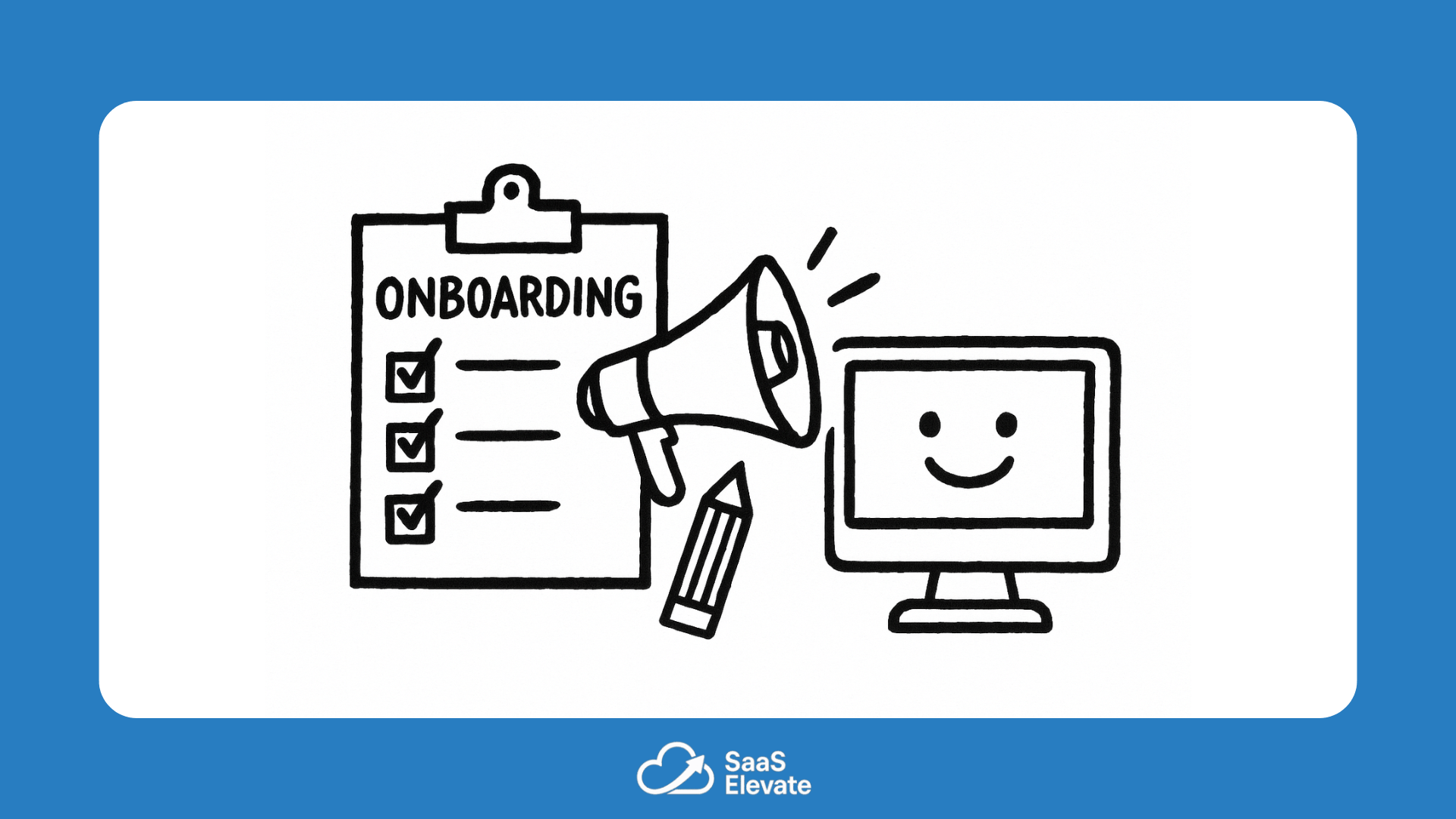When users leave, it’s rarely because of one big mistake. Most churn starts quietly, in the first minutes after signup, when someone opens your app and doesn’t quite see what to do next. The onboarding experience is the first real conversation between your product and your customer. If that moment goes well, it sets the tone for a long relationship. If it doesn’t, you might never hear from that user again.
Good onboarding isn’t about showing every feature. It’s about helping users experience the first sign of value as fast as possible. Every extra click, every unclear instruction, and every unnecessary form field adds distance between your product and that first success moment.
The Hidden Cost of Poor Onboarding
When users fail to activate, it doesn’t just hurt retention. It skews your marketing data, inflates your customer acquisition costs, and lowers your lifetime value. You start paying more to replace people who should have stayed. In SaaS, that’s the most expensive way to grow.
The real cost of poor onboarding isn’t just lost users. It’s lost trust. A user who churns early might still think your idea was good. They just never saw it work in practice. When onboarding fails, even the best product looks unfinished.
Designing for the First Win
Every SaaS product has a “first win.” It’s the moment when a user feels that the product works for them. It might be creating the first project, sending the first invoice, or generating the first report. Your onboarding should revolve around that single goal.
Ask yourself what a user truly needs to reach that moment and what can wait until later. Anything that doesn’t contribute to that first win belongs after activation, not before it.
Guidance That Feels Natural
Great onboarding doesn’t overwhelm. It teaches through context. Tooltips that appear at the right time, checklists that track progress, and empty states that explain what comes next are often more effective than long tutorials or help articles.
Personalization matters too. If you can detect user intent, such as whether someone is a developer, a marketer, or a founder, tailor the onboarding to match their needs. People stay when a product feels like it understands them.
Data as a Compass
Improving onboarding should be driven by real data. Track completion rates, time to first key action, and early retention. Look for moments when users pause, drop off, or stop returning. These points of friction are clues to what needs fixing.
Combine numbers with user feedback. Short surveys, exit questions, or quick interviews can reveal what metrics alone can’t explain. When you connect what users do with what they say, you start to understand how to design an onboarding flow that actually works.
Automation and the Human Touch
Automation makes onboarding scalable, but it should still feel personal. Automated messages, check-ins, and tutorials should sound friendly, not mechanical. A brief welcome note from the founder or a real person in support can make a new customer feel valued right away.
Retention Begins at First Contact
Reducing churn isn’t about chasing lost users. It’s about giving new users reasons to stay. The customer journey starts at signup and builds trust one step at a time. Every early interaction either builds confidence or creates doubt.
When onboarding is clear, helpful, and human, users reach value faster and stay longer. In a business built on recurring revenue, that makes all the difference.

